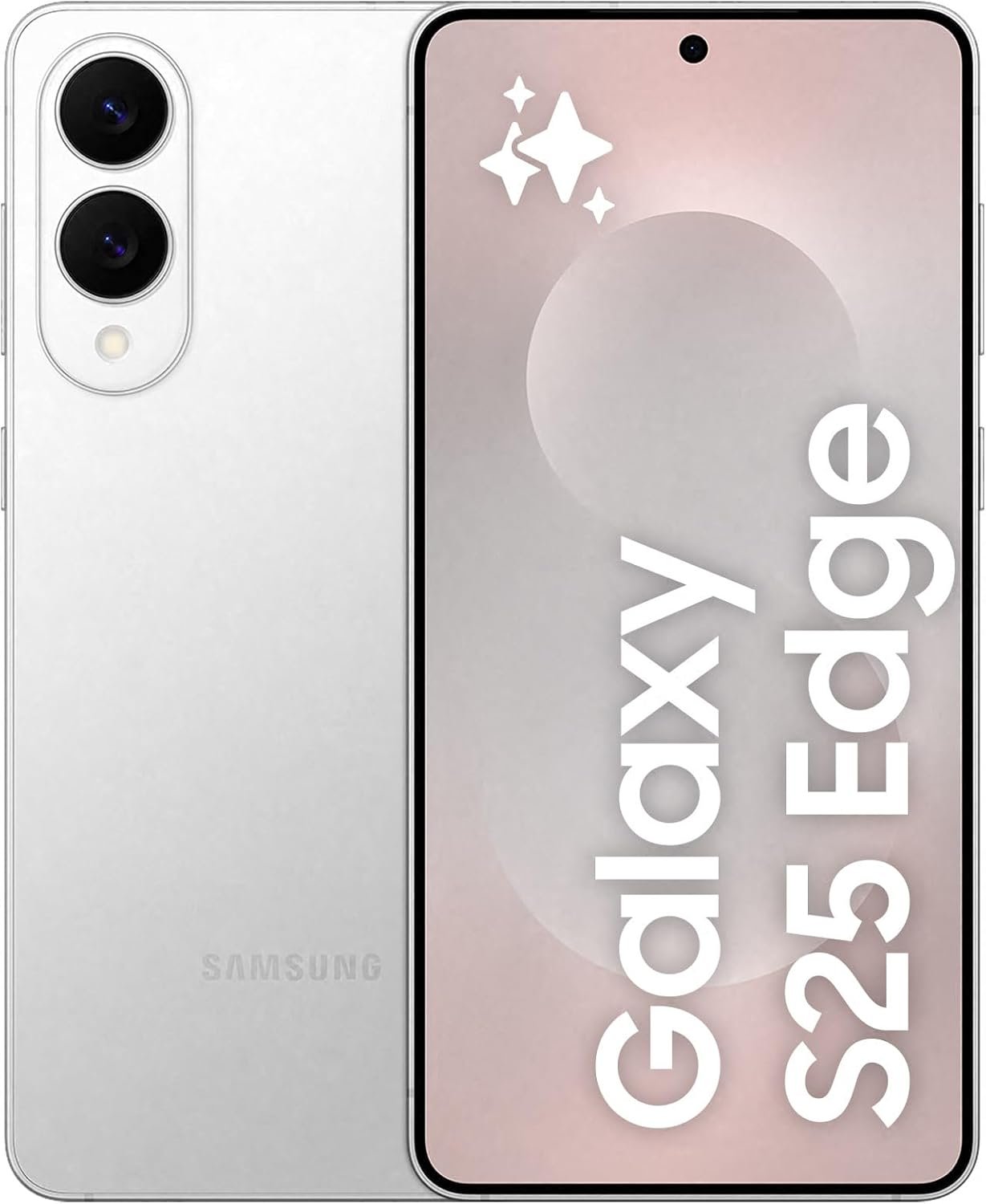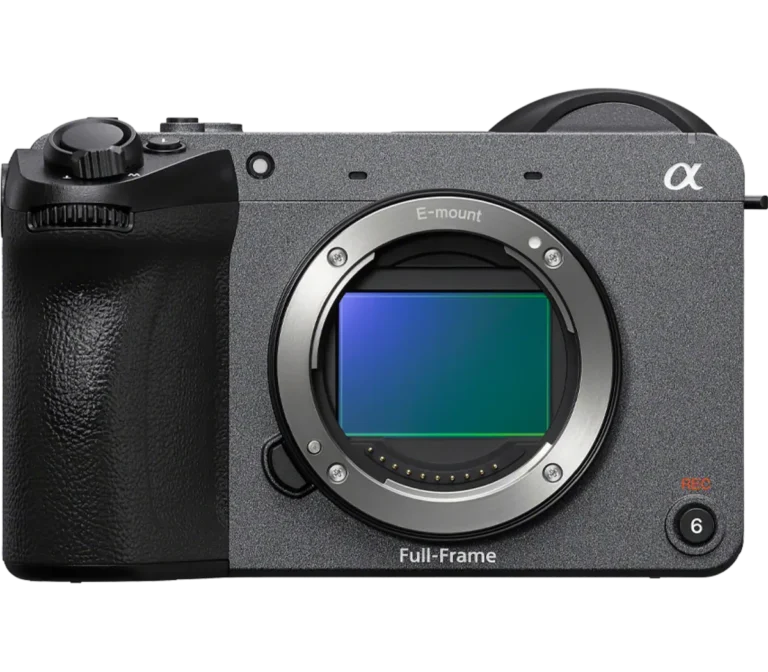The tech world is abuzz with the arrival of the Samsung Galaxy S25 Edge, a device that immediately grabs attention with its remarkably thin profile. Measuring a mere 5.8 mm, this smartphone is nearly 30% slimmer than its sibling, the S25 Ultra, signaling a potential shift towards a new era of ultra-slim, high-end devices. This review delves into the specifics of the S25 Edge, exploring its design choices, feature set, and overall viability in today’s competitive smartphone market.

Design and Build Quality
The most striking aspect of the Samsung Galaxy S25 Edge is undoubtedly its sleekness. This reduction in thickness contributes to a significantly lighter feel, approximately 25% less than the S25 Ultra. Holding the device evokes a sense of lightness and portability often associated with premium tablets or ultra-thin laptops. Unlike some lighter phones that compromise on materials, the S25 Edge retains a premium feel with its titanium construction and the robust Gorilla Glass Ceramic 2 protecting its display. This combination of lightness and high-quality materials creates a unique in-hand experience that feels both luxurious and modern. The near borderless display further enhances the visual appeal, offering an immersive viewing experience.
Feature Set and Performance
To achieve its slim form factor, Samsung has made some notable adjustments to the S25 Edge’s features compared to the S25 Ultra. The camera system has been streamlined, with the Edge forgoing the dedicated three-time and five-time optical zoom lenses, as well as the laser autofocus system. The ultrawide camera has also seen a reduction in sensor size, moving from 50 megapixels on the Ultra to 12 megapixels on the Edge. Additionally, the S Pen, a signature feature of the Ultra series, is absent in the Edge. The display lacks the advanced anti-reflective coating found on the Ultra, and the internal speakers, while still functional, offer less bass due to the reduced internal space. The battery capacity is also smaller, at 3,900 mAh compared to the S25 Ultra’s 5,000 mAh.
Despite these reductions, the S25 Edge retains some key high-end features. It boasts the same impressive 200-megapixel primary camera previously exclusive to Samsung’s Ultra models. While the flattened lens structure designed for the slim profile results in slightly softer images compared to the Ultra, the quality still surpasses that of the standard S25 Plus. The ultrawide camera, despite its lower megapixel count, still includes autofocus, enabling macro photography. The front display utilizes the same durable Ceramic 2 glass found on the Ultra, offering enhanced protection. Furthermore, the S25 Edge incorporates advanced AI capabilities, including Samsung’s object eraser and generative AI editor, enhancing the user experience.

Target Audience
The Samsung Galaxy S25 Edge appears to be targeting a specific segment of the high-end smartphone market: users who prioritize sleek design and portability over having every available cutting-edge feature. For individuals with high disposable income who value aesthetics and a lightweight device for their daily use, the S25 Edge presents a compelling option. It caters to those who may not heavily utilize specialized camera features like extreme zoom or the S Pen but still desire a premium experience with a flagship-level primary camera and display. The slim form factor makes it particularly appealing for users who appreciate a device that is comfortable to hold and easily slips into pockets or bags.
Consider someone who values a stylish phone that performs everyday tasks flawlessly, captures beautiful photos, and offers a premium feel without the bulk of larger, feature-packed models. This user might appreciate the S25 Edge’s elegance and ease of handling. Similarly, individuals who have found previous flagship phones too large or heavy might find the S25 Edge to be a welcome alternative.

Pros and Cons
Pros:
- Ultra-Slim and Lightweight Design: The most significant advantage is its exceptional thinness and light weight, making it incredibly comfortable to hold and carry.
- Premium Build Quality: The use of titanium and Gorilla Glass Ceramic 2 ensures a luxurious feel and robust build.
- Excellent Primary Camera: It retains the high-resolution 200-megapixel main camera found in the top-tier Ultra model.
- Vibrant Display: The near borderless display offers an immersive visual experience.
- Advanced AI Features: Includes useful AI tools like object eraser and generative editing.
- Durable Display Glass: Features the same strong Ceramic 2 glass as the Ultra.
Cons:
- Reduced Feature Set: It lacks several key features present in the S25 Ultra, including telephoto zoom cameras, laser autofocus, S Pen support, and the advanced anti-reflective screen coating.
- Downgraded Ultrawide Camera: The ultrawide sensor has a lower megapixel count compared to the Ultra.
- Smaller Battery: The 3,900 mAh battery is smaller than many flagship devices, potentially impacting battery life for heavy users.
- Compromised Speaker Quality: The reduced internal space results in less powerful speakers with less bass.
- Price Point: Despite the feature reductions, the launch price is very close to the S25 Ultra, and currently matches it, raising questions about value for money for some consumers.
The Case Dilemma and Battery Concerns
Two significant considerations arise with the S25 Edge. Firstly, the desire to protect such a sleek and premium device might lead users to purchase a substantial case, ironically negating the benefits of its thin design. Opting for a thicker case to ensure adequate protection could essentially make the phone feel as bulky as a standard, more feature-rich device.
Secondly, the smaller 3,900 mAh battery is a notable concern. While the presenter mentions “all-day battery,” this claim often varies significantly based on individual usage patterns. For users who are accustomed to the excellent battery life of larger flagship phones, the S25 Edge’s battery might feel inadequate, potentially leading to the need for more frequent charging. This is particularly relevant as battery life is a universally appreciated feature, regardless of a user’s technical expertise.
Conclusion: Style Versus Substance?
The Samsung Galaxy S25 Edge represents a bold design choice, prioritizing an ultra-slim form factor and premium aesthetics. It offers a unique appeal to users who value a sleek and lightweight device and are willing to forgo some of the more specialized features found in the S25 Ultra. While it retains a high-quality primary camera, vibrant display, and robust build, the reduced feature set, potentially compromised battery life, and the price point being similar to the more feature-rich S25 Ultra raise questions about its overall value proposition for all consumers.
Ultimately, the decision to purchase the S25 Edge will likely come down to individual priorities. If an exceptionally thin and stylish phone is paramount, and the omitted features are not crucial to your daily use, the S25 Edge offers a compelling and visually striking option. However, users who prioritize a comprehensive feature set and long battery life might find better value in other flagship devices currently available. The S25 Edge carves out a niche for those who see their phone as a statement of style as much as a piece of technology, signaling a potential future trend in smartphone design.
Also check out our Samsung Galaxy s25 Ultra Review Here
This post contains affiliate links. If you click on a link and make a purchase, I may earn a small commission at no extra cost to you. This helps support the blog and allows me to continue providing content. Thank you for your support!







